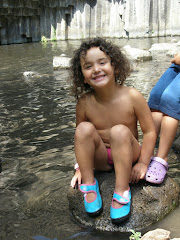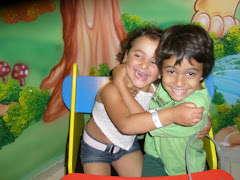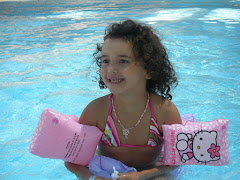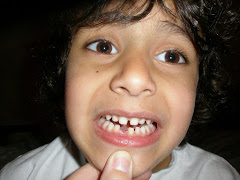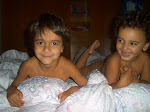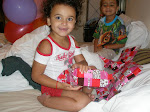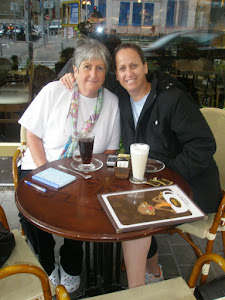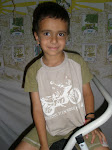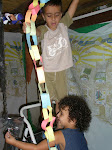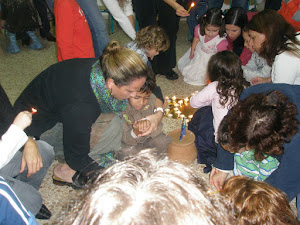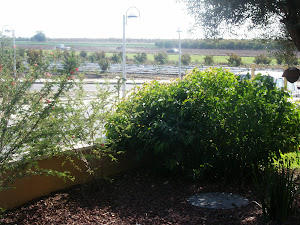My neighbour had twins two days ago, a mother in Noams class also just had twins. Between Adam and Noam's two classes there are numerous women in various stages of Pregnancy, some teenyweeny bump, and some ready to explode. Babies babies babies! Clearly I know what they were all doing in the excrutiatingly hot Israeli Summer months, their air conditioners must have been set TOO low.
My neighbour is coming out of hospital on Friday with her two new additions, I think I will bake her Challa's. It will be my way of trying to make up for all the ugly thoughts I had about her. I bumped into her about two weeks ago, she looked all twinny-massive, and I duly asked her how she was feeling, she then proceeded to tell me.
I did NOT want to know how exhausted she was, how swollen she was, how every part of her body was aching how bad her indigestion/reflux was, how she 'had just about had enough'. I just wanted to feel that too. So my only solution was to go home and to stick needles into one of Noams' dark-haired Barbie dolls.
So hopefully the yummy sweet Challa's will wipe my slate clean again. Well at least until I ask another very pregnant person how they are feeling.
HYDROSALPINX INFORMATION
"Q: In which cases does removal of the fallopian tubes improve the outcome?
A: In recent years, impressive evidence has shown that hydrosalpinx (swollen fallopian tubes, filled with fluid) can reduce chances of implantation. It seems that the reason for this is that the fluid in the fallopian tubes contains inflammatory products that leak into the abdominal cavity and damage the embryo trying to implant itself in the endometrium. In cases of recurrent failure of IVF therapy, the condition of the fallopian tubes should always be assessed using a hysterosalpingogram and ultrasound scan. If the state of the fallopian tubes is very poorly, and might affect the implantation of the embryos, the benefit of their removal should be considered. The removal of oneor both fallopian tubes is performed by laparoscopy, where a laparoscope (a fine telescope) is inserted through an umbilical incision."





